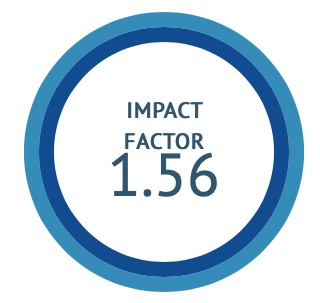Comparative Pharmacognostical Evaluation of Three Market Samples of Kharjura (Phoenix Dactylifera Linn.)
DOI:
https://doi.org/10.47552/ijam.v9i1.1067Keywords:
Dry Kharjura, Red Kharjura, Starch grains, Yellow Kharjura.Abstract
Kharjura(Phoenix dactylifera Linn.) fruits (Kharjura) are widely used by the traditional medical practitioners for the treatment of various diseases in their daily practices. According to Ayurvedic principles, the kharjura fruit Phoenix dactylifera Linn.is sweet (Madhura Rasa) in taste and increase moistness of tissues and balance Pitta and Vata Dosha (humours of body).Its fruits are used in various diseases like Kshaya (Malnutrition), Daha (Burning Sensation), Raktapitta (blood disorders), Murchha (Syncope), Trishna (Thirst), Shrama(exhaustion), Jwara (fever), Swasa (respiratory disorders), Kasa (cough), Madatyaya (Alcoholism) etc. Present study highlights pharmacognostical difference between varieties of two fresh fruits of Kharjura and one variety of Dry Kharjura. The results revealed that the fresh Kharjura variety contains presence of groups of stone cell, lignified stone cells layer, mesocarp cells, cells of parenchyma with starch grains, and dry Kharjura variety contain saccharine contents while silica deposition, starch grains, vascular bundle after stain with xylem.
Downloads
Published
How to Cite
Issue
Section
License
The author hereby transfers, assigns, or conveys all copyright ownership to the International Journal of Ayurvedic Medicine (IJAM). By this transfer, the article becomes the property of the IJAM and may not be published elsewhere without written permission from the IJAM.
This transfer of copyright also implies transfer of rights for printed, electronic, microfilm, and facsimile publication. No royalty or other monetary compensation will be received for transferring the copyright of the article to the IJAM.
The IJAM, in turn, grants each author the right to republish the article in any book for which he or she is the author or editor, without paying royalties to the IJAM, subject to the express conditions that (a) the author notify IJAM in advance in writing of this republication and (b) a credit line attributes the original publication to IJAM.




